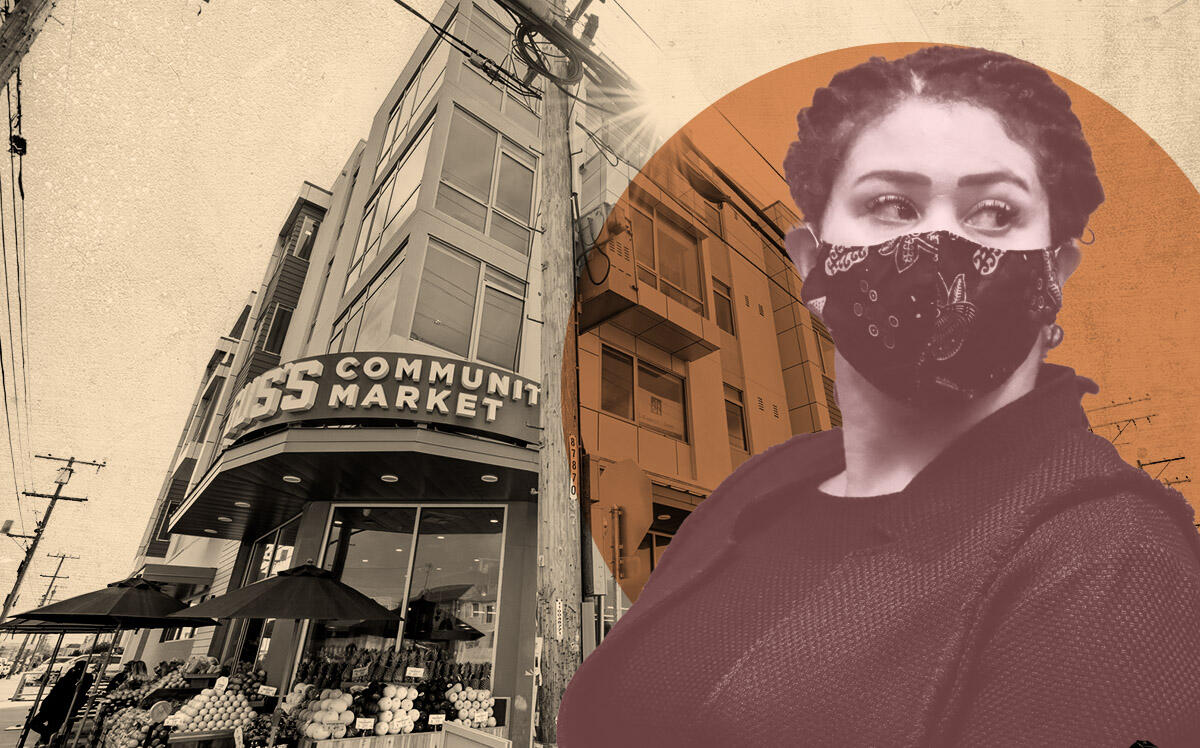Trending
SF mayor’s “Cars to Casas” redevelopment program at standstill
Potential legislation would ease restrictions to build housing on former automotive sites

Mayor London Breed’s “Cars to Casas” program stalled once again at a land use committee meeting this week, as board members asked for more information about the feasibility of increasing affordable housing requirements in exchange for density bonuses to developers.
The program, which Breed first brought before to the city’s Board of Supervisors in October, would ease the path for developers looking to turn “automotive sites” such as gas stations, auto body shops and parking lots into residential buildings by removing the time-consuming conditional use requirement that has been on the books since 1991.
More importantly for developers, Breed’s new legislation allows additional density within the buildings on those sites, though it does not change height or bulk allowances.
All three members of the committee agreed on removing the conditional use requirement for redeveloping automotive sites, leaving only the density issue as a sticking point at the land use meeting on July 12. Supervisor Dean Preston called for a feasibility study to see if developers could still utilize the legislation with increased affordability requirements beyond the 21.5 percent already mandated in the city for large rental projects.
“I’m open to increasing the density on these lots, but if we’re going to allow developers to do that and significantly increase their profit margins, I think we need to be demanding more affordable housing in return or at least making a determination of if we can do that and still have the projects be feasible,” he said.
Aaron Starr, manager of legislative affairs at the city’s Planning Department, acted as the representative of the mayor’s office at the meeting. He argued that an additional feasibility study was not required because the city is in the midst of looking at revising its affordability requirements in the wake of the economic downturn and that whatever was decided on the wider scale would apply to this legislation as well.
“Increasing the BMR requirement for projects under this program would be asking more of them than projects with the same zoning allowances elsewhere,” he said.
The current requirements are based on a 2016 feasibility study, he said, and that in the last few years costs and rents have been moving “in the wrong direction” for developers in the city.
He pointed to a decline in housing approvals and housing starts as an indication that developers could not stomach any further affordability requirements. The Planning Department has only received applications for a total of 717 units in the first five months of 2022, on pace for 1,750 units this year, he said, substantially lower than the 10-year average of 4,803 units. The number of units authorized for construction this year is likely to be less than 2,000, or about half off the 10-year average.
“Clearly, the current economic climate is not favorable to housing construction in San Francisco,” Starr said.
Despite the stats, Preston refused to concede the point, saying that he had asked for a new feasibility study “over and over” as the legislation was being amended during the last few months.
“I have to question how serious the mayor’s office is about this policy,” he said. “We’ve had hearing after hearing. This feasibility study could have been done.”
Preston and Supervisor Aaron Peskin said they would move forward the conditional use portion of the legislation if it could be severed from the density bonus, but deferred to the wishes of Supervisor Myrna Melgar, who chairs the committee.
“You call it, I’ll haul it,” Peskin said.
Melgar said she did not want to put the legislation in front of the full board without the “crucial” density bonus portion, but agreed to continue both versions to a future land-use meeting, by which time she hoped the mayor’s office could provide more figures to support the claims that the affordable numbers could not be increased.
She pointed out that when the committee was provided with a feasibility study on competing fourplex legislation earlier this year, it quickly tabled the two proposals that increased affordability requirements because they were infeasible.
“It’s not as if we’re saying no density,” she said. “We just have no numbers to back it up.”




